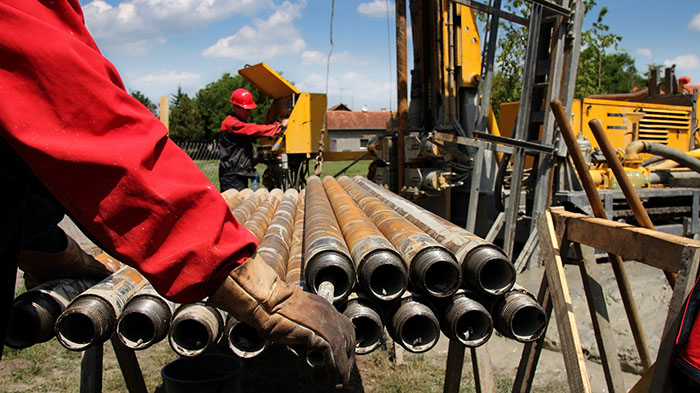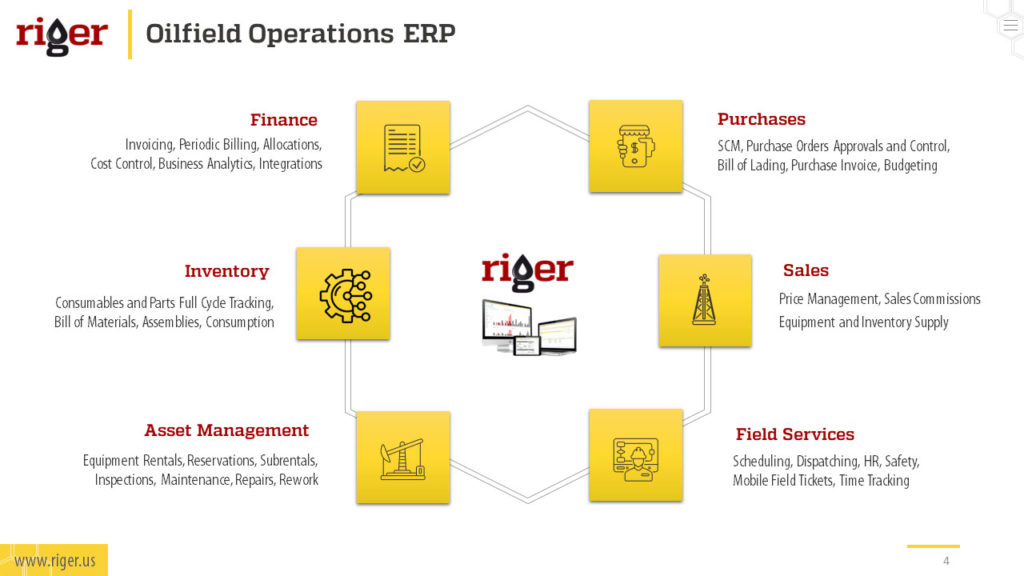In the oilfield industry, renting equipment is a very common practice. Oilfield equipment are generally very expensive, and buying them isn’t always the best way to go. You’re looking at paying several hundred thousand dollars to buy one piece of equipment, and the number is sometimes in millions. Whether you’re involved in drilling, exploration, or production activities, careful consideration must be given to ensure a smooth and successful rental experience. There are several key considerations to keep in mind when renting equipment in the oilfield, and in this article, we’ll discuss them briefly.
Equipment Suitability
Before renting oilfield equipment, it is crucial to assess your project requirements and select equipment that is suitable for the task at hand. Consider factors such as equipment size, capacity, functionality, and any specific features needed for your project. By choosing the right equipment, you can optimize efficiency and productivity on-site.
Reliability and Maintenance
Reliability is paramount when renting oilfield equipment. To avoid unexpected breakdowns or downtime, ensure that the rental equipment is well-maintained and in good working condition. Request information about the maintenance records and service history of the equipment. Understanding its reliability and upkeep can minimize potential disruptions to your operations.
Rental Agreement
Thoroughly review the rental agreement and ensure you understand the terms and conditions. Pay attention to details such as rental duration, rates, payment terms, and any additional charges or penalties. If there are any uncertainties, seek clarification from the rental company. In some cases, you may have room for negotiation, so it’s worth discussing terms that better suit your needs.
Insurance Coverage
Verify if the rental equipment is covered by insurance during the rental period. Adequate insurance coverage is crucial to protect against potential damages, accidents, or theft. If the rental company does not provide insurance, consider obtaining additional coverage to safeguard your project and minimize financial risks.
Operator Training
Certain oilfield equipment requires specialized knowledge or training to operate safely. It is essential to ensure that the rental company provides adequate training or arranges for an operator who is qualified to handle the equipment. Prioritize safety and ensure your team is well-equipped to operate the rented equipment effectively.
Support and Customer Service
Before finalizing a rental agreement, inquire about the rental company’s support and service offerings. Determine if they provide technical assistance, on-site support, and maintenance services to address any issues that may arise during the rental period. Having reliable support can minimize downtime and ensure optimal equipment performance.
Delivery and Pickup
Discuss the logistics of equipment delivery and pickup with the rental company. Clarify who is responsible for transportation, loading, unloading, and any associated costs. Ensure that the delivery and pickup schedules align with your project timeline. Prompt and efficient logistics can save time and keep your operations running smoothly.
Documentation
Documentation plays a crucial role in rental agreements. Document the condition of the equipment before and after the rental period. Take photographs and note any existing damages or issues. This documentation will help avoid disputes regarding the equipment’s condition and liability.

